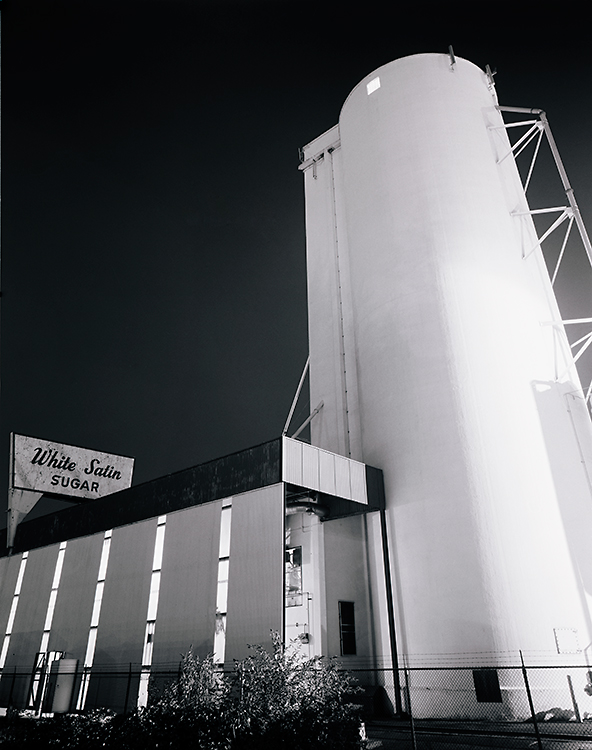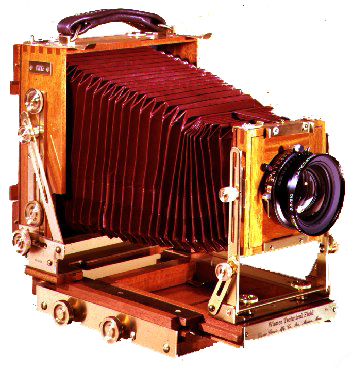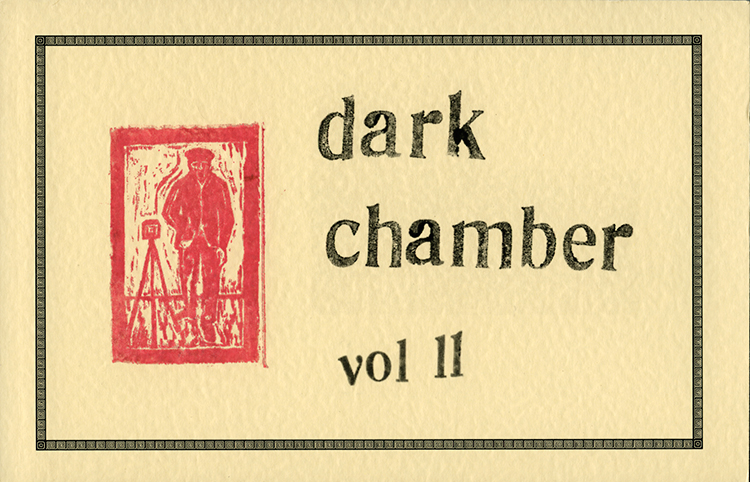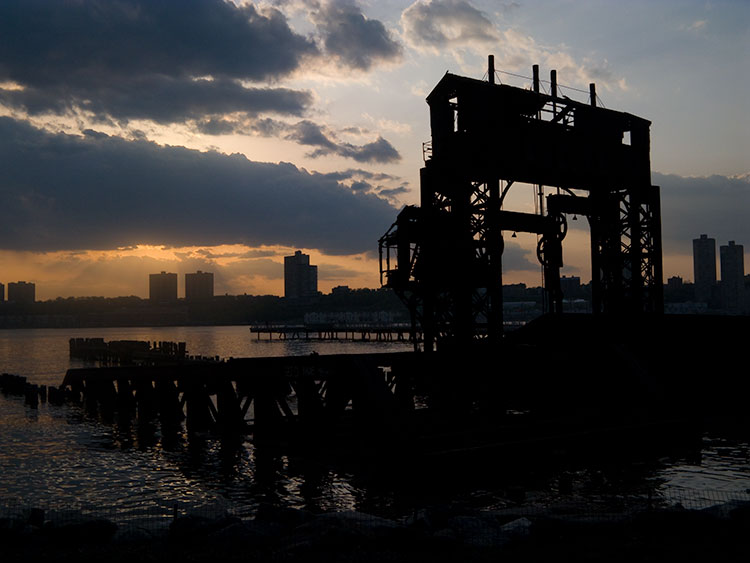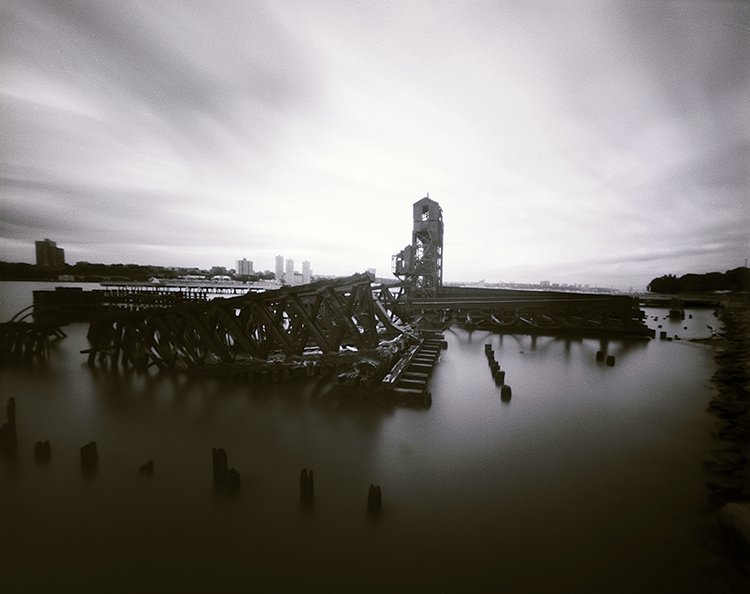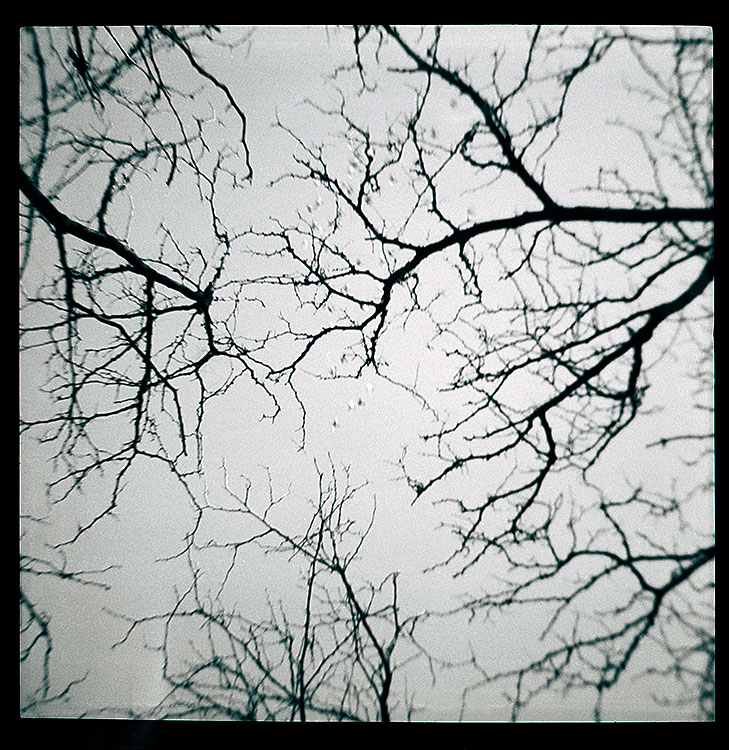Happy Halloween Everyone! I hope you all spend some time living out a fantasy, eating candy, or at least watching a scary movie tonight!Nancy and I just watched Session 9, which is thrill/horror movie that just gets under your skin. It tells the story of the haunting of the Danvers State Hospital, which was built in 1878. At the time it was a beautiful 70,000 square foot Gothic spired building that from high above looked like a giant bat. It was the model for humane treatment at the turn of the century but we know how that worked out in the lobotomy happy 50’s. The fortress-like castle was closed in 1992 and Brad Anderson filmed Session 9 there in 2001. The movie, to some extent, foretold the future of Danvers State Insane Asylum as it was renovated in 2006 by Avalon Communities. Only 1/3 o the hospital remains but for as little as $1175 a month you can rent 775 sq ft in a former “Haunted Insane Asylum.” Of course, a fire broke out in April of 2007 and destroyed 3 unfinished buildings that were to house 147 apartments. The cause of the blaze was “officially undetermined”Check out urban explorer extraordinaire, Mr Motts, who has some amazing photographs of the pre-renovation Danvers State Hospital. His website Opacity is probably one of the best for historic ruins. I don’t know how he gets into all these places but when he does he truly captures the essence of the space. His site not only showcases some amazing photography but also features the rich history of these abandoned buildings.
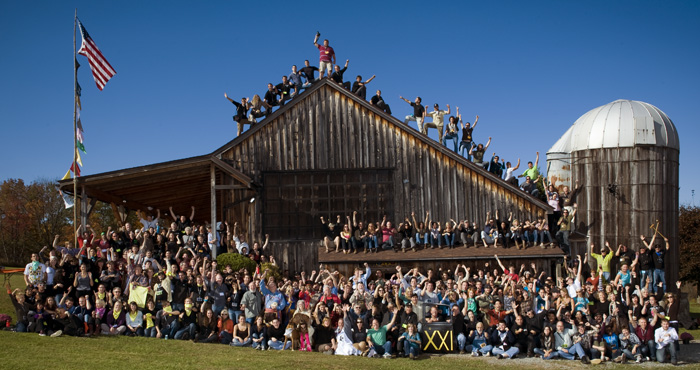 |
 |
 |
In other news, I’m still recovering from the Eddie Adams Workshop up in the Catskills of New York, where I volunteered during the Columbus Day Weekend. This was the 21st annual EAW and the 4th that I have attended. It is the premier workshop for young photojournalists; thousands apply via portfolio but only 100 are chosen. Those 100 students are divided into 10 teams of 10 and then assigned a famous professional photographer, editor, and producer to their team. The workshop takes place at Eddie and Alyssa’s Barn in Jeffersonville, New York. The students are given 2 days to complete their assigned shoots, while the rest of the team work around the clock to edit and put together multimedia slide shows for the final presentation on Monday. The 100+ Industry heavies that come up and volunteer their time and share their stories make this an amazing community event in an industry that is not always the most communal. I usually average about 8 hours of sleep, total, for the whole weekend. But of course there is always a little mandatory after hours relaxation going on! I’m part of the Black Team, who runs all the behind the scenes activities like AV, IT, Security, Transportation, Hospitality etc. A really humorous movie about “Black Team Love” and what really happens behind the scenes was made by my man Andre Costantini and can be viewed here.
I’m also continuing my beta testing for Lensbaby who sent me an updated Composer with the Plastic and Pinhole/Zone Plate Optic kits. As mentioned in my previous blog, the new Lensbaby Composer is actually a unique housing for several types of Optical Elements that Lensbaby calls their Optical Swap System. Essentially you can own one Lensbaby but have up to 4 different optical effects! I was very excited to try the Plastic Optic as it is a single plastic lens that is suppose to have the image quality similar to the very popular Holga toy cameras. I really have to say that it actually looks better! The two shots above were taken with the Composer Plastic Optic and the first one has an extraordinary glow from the shiny students arriving at the barn! The second image in the more subdued light combines the best of the Lensbaby selective focus and Holga plastic perfect imperfection. It is a picture of Philip Andrews, who coincidentally won the top prize at the workshop…a 10k scholarship from Nikon to continue his studies. Congrats Phillip!
 |
 |
 |
 |
The next weekend after the EAW I continued my travels with the Lensbaby Composer to the Kancamagus Highway in New Hampshire. It was peak foliage time, and I had a blast just driving around with my family and stopping for Composer Inspiration! Yes, big thanks to my Mom, Sister, and stepfather who patiently waited for me as I shot and stopped every 5 minutes! The first two shots were taken with the Zone Plate Optic and have that great zone plate glow. The next two shots were taken with the Plastic Optic and interpret the foliage in more Lensbabified way. I had a blast shooting with them both. If you shoot with any Plastic Toy cameras like the Holga, Diana, etc then getting the Plastic Optic for your new Lensbaby is a must! I also noticed that dirt and dust do show up in your image more frequently when using the Zone/Pinhole Optic. This is not a fault of the lens but a reality of using a lens with a small aperture. Remember the Zone plate is f/19 and the Pinhole f/177. If your Digital SLR has a dusty sensor and you shoot with an aperature of f/2.8 and then f/22 the dust WILL be more prevalent in the image you shot at f/22. That’s just the facts. So be careful when swapping your lensbaby optics and lenses on your DSLR and always have a little rocket blower in your bag.
